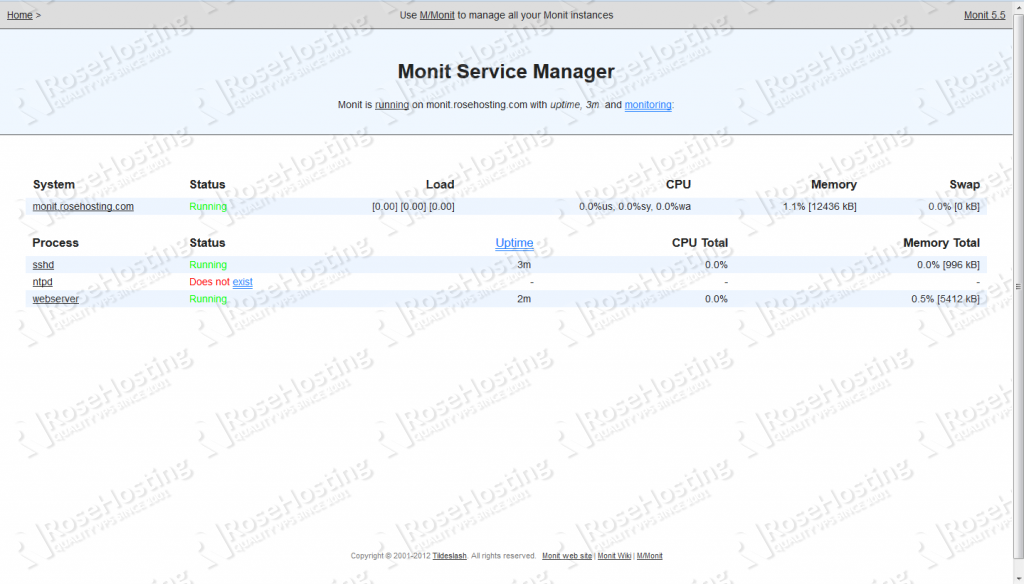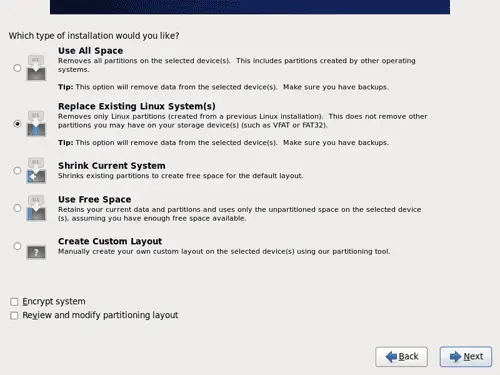How To Install Daloradius On Centos 6
I've been wanting to demonstrate AAA for SSH login, PPPoE, and dot1x a while. Its not as fun to create a and have such a large part of the lab work like authentication, plus I like knowing the open source solutions out there.
This article will show how to create a simple firewall on a Centos VPS. Iptables firewall is included by default in Centos 6.4 linux images provided by DigitalOcean. September 6, 2016 How to Install and Setup FreeRADIUS on CentOS 5.x, CentOS 6.x and Ubuntu 11.x. Here is a simple tutorial on how to install FreeRadius on CentOS.
I decided to go with DaloRadius, because it has a fairly clean GUI and integrated with Freeradius. CentOS was chosen because Redhat is often the Linux of choice for most enterprises but soon found out the the latest CentOS, was using very updated versions of Freeradius and MySQL that DaloRadius was not updated to handle. The instructions had a few errors, was a little out-dated, and left out steps like fixing selinux context labels, unblocking ports in iptables, and enabling services at startup. It may, however, go into better detail on some of the steps than I will, so please feel free to refer to it and the INSTALL file in the DaloRadius source code. CLI commands will be in bold, code in italics.
I will also leave out things like how to use vi to edit files, the main goal is record the settings used to be able to get DaloRadius working on CentOS 6.
MySQL is an opensource, Relational Database Management System. MySQL is a most popular database server for Linux systems, it also supports a large number of platforms.

In MySQL, we can easily create a stored procedure and execute SQL queries. MySQL Community Edition is a freely downloadable version and uses for your applications. In this tutorial, you will get details to how to Install MySQL Server (community edition) on CentOS/RHEL 7.4/6.9, Fedora 27/26/25 using the default package manager. Step 1 – Enable MySQL Yum Repository First, we need to add MySQL yum repository in our system provided by MySQL.
Execute one of below command as per your operating system version. ### On CentOS/RHEL 7 system ### # rpm -Uvh ### On CentOS/RHEL 6 system ### # rpm -Uvh ### On Fedora 26 system ### # rpm -Uvh ### On Fedora 25 system ### # rpm -Uvh ### On Fedora 24 system ### # rpm -Uvh Step 2 – Install MySQL Community Server As we have successfully added MySQL yum repository in our system. Let’s move for MySQL installation. Execute below command to install MySQL server on your system.

This will also install some other dependencies in the system. Install MySQL 5.7: # yum install mysql-community-server ## CentOS, RHEL 7 # dnf install mysql-community-server ## Fedora 26/25/24 Install MySQL 8.0: # yum -enablerepo=mysql80-community install mysql-community-server ## CentOS, RHEL 7 # dnf -enablerepo=mysql80-community install mysql-community-server ## Fedora 26/25/24 Step 3 – Find MySQL root Password With the installation of MySQL 8.0/5.7, a temporary password is created for the MySQL root user. You can find the temporary password generated in log files. # grep 'A temporary password' /var/log/mysqld.log Note A temporary password is generated for: hosygMikj1+t636 Step 4 – Start MySQL Service Start the MySQL server using the following command from Linux terminal. Using SysVinit # service mysqld start Using Systemd # systemctl start mysqld.service Step 5 – MySQL Post Install Setup After installing MySQL first time, execute mysqlsecureinstallation command to secure MySQL server. It will prompt for few question’s, we recommended to say yes ( y ) for each. # mysqlsecureinstallation New password: Re-enter new password: The 'validatepassword' plugin is installed on the server.
The subsequent steps will run with the existing configuration of the plugin. Internet channel wad ntsc. Using existing password for root. Estimated strength of the password: 100 Change the password for root? ((Press y Y for Yes, any other key for No): No.
By default, a MySQL installation has an anonymous user, allowing anyone to log into MySQL without having to have a user account created for them. This is intended only for testing, and to make the installation go a bit smoother. You should remove them before moving into a production environment. Remove anonymous users? (Press y Y for Yes, any other key for No): y Success. Normally, root should only be allowed to connect from 'localhost'.
This ensures that someone cannot guess at the root password from the network. Disallow root login remotely? (Press y Y for Yes, any other key for No): y Success. By default, MySQL comes with a database named 'test' that anyone can access.
This is also intended only for testing, and should be removed before moving into a production environment. Remove test database and access to it? (Press y Y for Yes, any other key for No): y - Dropping test database. Removing privileges on test database. Reloading the privilege tables will ensure that all changes made so far will take effect immediately.
Centos 7 Installation Guide
Reload privilege tables now? (Press y Y for Yes, any other key for No): y Success. Step 6 – Restart and Enable MySQL Service After completing all MySQL installation steps and doing all initial settings, restart MySQL service using the following command. ### Using SysVinit # service mysqld restart ### Using Systemd # systemctl restart mysqld.service Also, enable service to auto start on system reboot with the following command. ### Using SysVinit # chkconfig mysqld on ### Using Systemd # systemctl enable mysqld.service Step 7 – Working with MySQL Now connect mysql database server Linux shell using below command. It will prompt for the password for authentication.
How To Install Daloradius On Ubuntu 16.04
On successful login, you will get MySQL command prompt, where we can execute SQL queries. # mysql -h localhost -u root -p After login, You can use following commands to create a new database, create a user and assign privileges to the user on the database.
Change values as per your requirements.